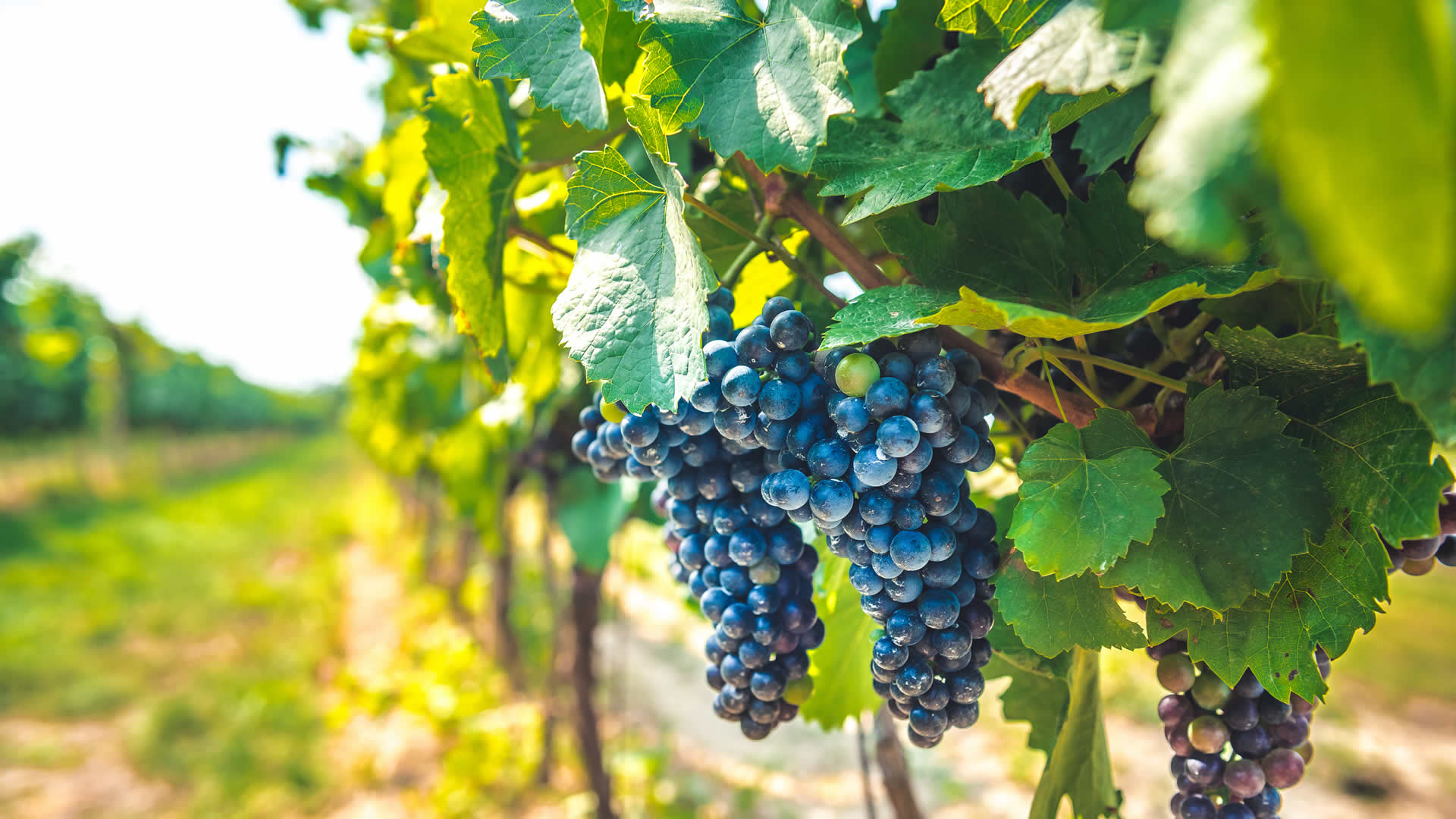
The Roots of Winemaking in North Texas
The story of winemaking in North Texas is one of resilience, innovation, and a deep connection to the land. Long before modern wineries dotted the landscape, early settlers recognized the region’s potential for grape cultivation. Bringing with them European traditions and expertise, these pioneers began experimenting with the fertile North Texas soil in the 19th century, planting the seeds—both literally and figuratively—for what would become a thriving industry.
Early Pioneers and Grapevine’s Legacy
A pivotal chapter in North Texas wine history is tied to the city of Grapevine, aptly named for the wild mustang grapes that grew abundantly along the Trinity River. By the mid-1800s, local farmers began cultivating these native grapes, marking the first steps toward organized viticulture in the region. While mustang grapes were naturally tart and challenging to work with, they laid the foundation for an industry built on experimentation and perseverance.
Overcoming Adversity in Grape Growing
The early days of winemaking in North Texas were not without challenges. The region’s unforgiving climate—scorching summers, unpredictable droughts, and harsh winters—tested the resolve of even the most determined farmers. Adding to these difficulties, the late 19th century brought the arrival of phylloxera, a devastating pest that ravaged vineyards across Europe and North Texas alike.
Faced with the destruction of their vines, winemakers turned to hybrid grape varietals as a solution. Hardy, pest-resistant species like Blanc du Bois and Black Spanish proved better suited to the region’s climate and soil, offering a lifeline to the struggling industry.
The Impact of Prohibition
Just as North Texas winemaking began to find its footing, the Prohibition era (1920–1933) delivered a crushing blow. The nationwide ban on alcohol production forced many vineyards to close or pivot to other crops, erasing decades of progress. Some growers managed to survive by producing table grapes or finding loopholes, such as making sacramental wine for religious purposes. However, the knowledge and traditions of winemaking faded in many communities, setting the industry back by decades.
A Revival in the Late 20th Century
The 1970s and 1980s marked a turning point for North Texas winemaking. Fueled by a growing interest in local food and drink culture, as well as advancements in agricultural practices, the industry began to rebound. Vineyards reemerged, this time with a focus on hybrid grapes and varietals specifically tailored to Texas’s unique climate.
Innovations like drip irrigation helped combat drought, while sustainable farming practices protected vines from pests and soil erosion. Statewide initiatives, led by the Texas Department of Agriculture and private organizations, further bolstered the industry by educating both producers and consumers on the value of Texas-grown wines. These efforts positioned North Texas as a serious player in the national wine scene.
Modern North Texas Wine Country
In the past two decades, North Texas has fully embraced its winemaking heritage while pushing the boundaries of innovation. Towns like Grapevine, Valley View, Celina, and Muenster have become vibrant hubs for viticulture, home to dozens of wineries producing award-winning wines. The creation of the North Texas Wine Trail, connecting over 30 wineries, has solidified the region as a must-visit destination for wine enthusiasts.
Today’s winemakers are not just reviving a lost tradition—they’re elevating it. From experimenting with diverse grape varietals to leveraging advanced fermentation technology, North Texas wineries are making their mark on the global stage.
Celebrating North Texas’s Best Winemakers
North Texas is home to a growing number of exceptional wineries and winemakers who have earned recognition for their craft. Here are some of the standout names in the region:
 Ready to sip, savor, and explore the best of North Texas wine? Join us on the City Wine Trail Tour, where you’ll visit top wineries, enjoy award-winning wines, and experience the rich history of winemaking in the region.
Ready to sip, savor, and explore the best of North Texas wine? Join us on the City Wine Trail Tour, where you’ll visit top wineries, enjoy award-winning wines, and experience the rich history of winemaking in the region.
These wineries represent the best of North Texas winemaking, combining tradition, innovation, and a passion for excellence. Their success not only highlights the region’s potential but also inspires the next generation of winemakers to continue raising the bar.
A Testament to Resilience and Creativity
As you wander through North Texas vineyards today, you’ll find a deep sense of pride rooted in the struggles and triumphs of generations of winemakers. These families and entrepreneurs have overcome invasive pests, environmental challenges, and the setbacks of Prohibition to create a thriving industry that is now a cornerstone of the region’s identity.
North Texas isn’t just producing wine—it’s telling a story with every bottle. From the humble beginnings of mustang grapes to the world-class varietals of today, the region stands as a testament to the power of tradition and innovation working hand in hand.
The next time you visit a North Texas winery, remember: you’re not just enjoying a glass of wine—you’re sipping on history. Cheers!


